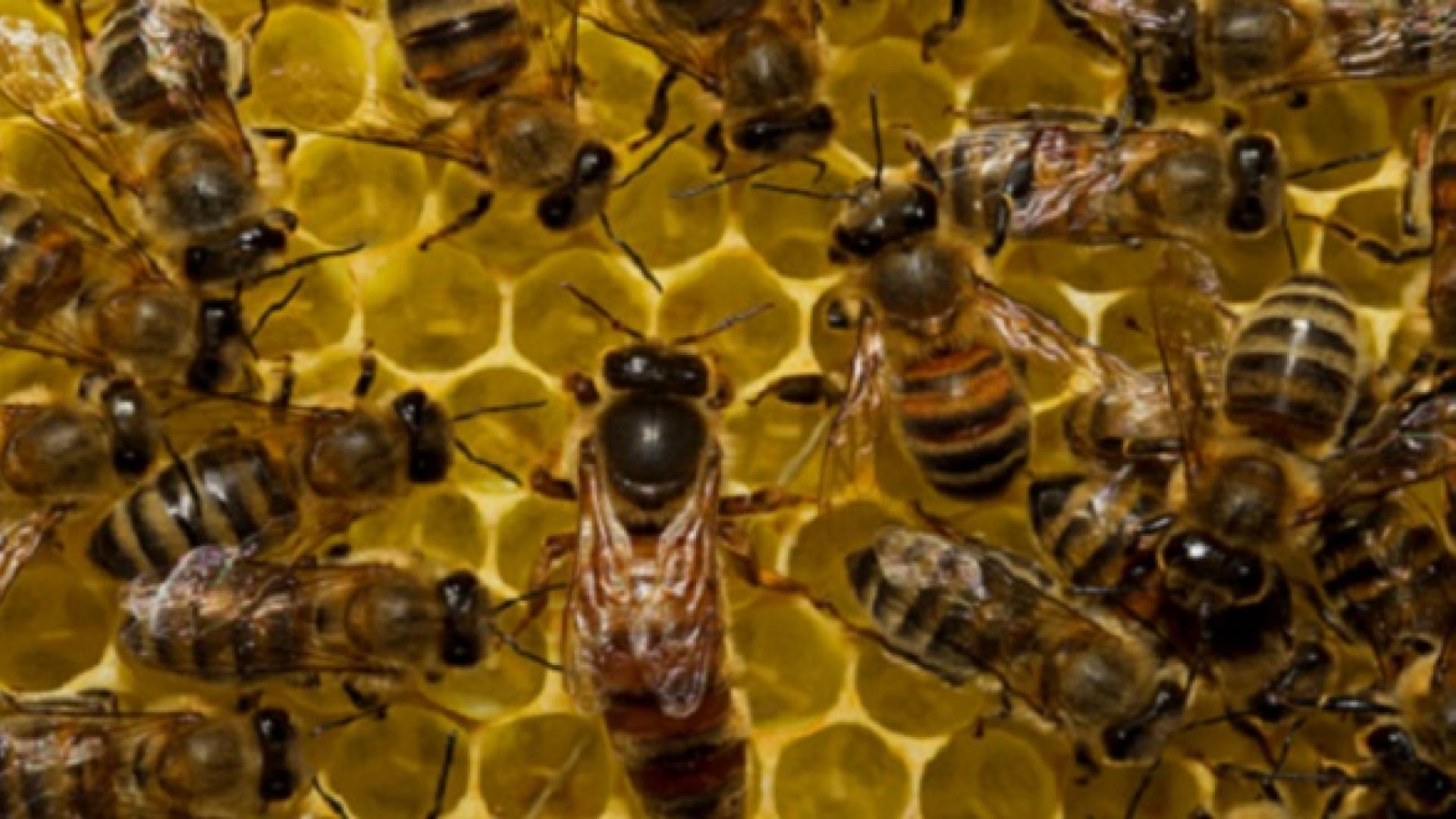© 2015 Alamy
Apis mellifera, the European honey bee, has become a key model organism for deciphering the interplay between genes, behavior and the environment. A study led by KAUST researchers shows that genes play a large part in controlling the roles bees play during their life cycle.
With its complex social structure and well-understood genome, the honey bee is an ideal species for genetic research. As worker bees mature, they are observed to graduate from hive-bound "nurses" — tending larvae and maintaining the honeycomb — to outdoor guards or foragers. These behaviors correlate with different patterns of gene activity, but little was known about how the genes are controlled.
KAUST’s Vladimir Bajic leads an international team studying how genes instruct bee behavior. Bajic’s team cataloged genes known as differentially expressed genes (DEGs) that differed in activity between nurses and foragers. More than 1,000 genes varied between the two bee roles, of which about 500 were more active in each group. In nurse bees, most DEGs were involved in nutrition, whereas in foragers, the DEGs had functions including growth, development and nervous system operation. This may indicate the wider range of complex mental tasks performed by foragers.
The researchers used a new technique called CAGEscan to analyze the genes. This technique sequences the region at the start of each gene, including its control sequences, which are called promoters.
They next identified 26 genes (also differentially expressed) encoding regulatory proteins known as transcription factors, which interact with promoters to switch the DEGs on or off. By matching short sequences called motifs in the DEG promoters to which corresponding transcription factors bind, they could determine which transcription factors control which genes.
As Bajic noted, “these motifs play a crucial role in understanding gene expression regulation, as they connect the regulated genes with the transcription factors that control them.”
Read the full article
